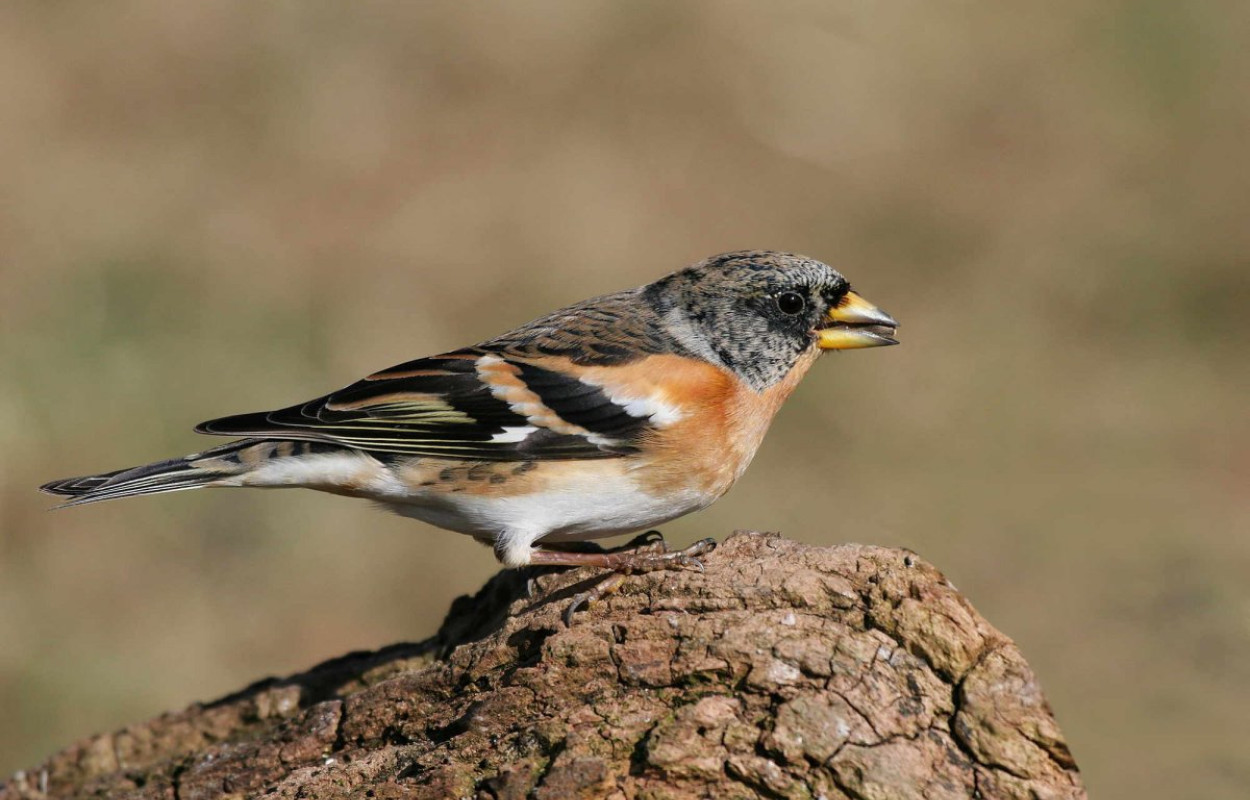Consistent response of bird populations to climate change on two continents

Author(s): Stephens, P.A., Mason, L.R., Green, R.E., Gregory, R.D., Sauer, J.R., Alison, J., Aunins, A., Brotons, L., Butchart, S.H.M., Campedelli, T., Chodkiewicz, T., Chylarecki, P., Crowe, O., Elts, J., Escandell, V., Foppen, R.P.B., Heldbjerg, H., Herrando, S., Husby, M., Jiguet, F., Lehikoinen, A., Lindström, A., Noble, D.G., Paquet,J.Y., Reif,J., Sattler, T., Szép,T., Teufelbauer, N., Trautmann, S., van Strien, A.J., van Turnhout, C.A.M., Vorisek, P., Willis, S.G.
Published: April 2016
Publisher: American Association for the Advancement of Science Pages: 4pp
Journal: Science Volume: 352
Digital Identifier No. (DOI): 10.1126/science.aac4858
New research involving the BTO shows how bird populations are consistently responding to the effects of climate change on two continents. The study, led by the University of Durham, analysed data on abundance collected between 1980 and 2010 from 145 common species in Europe, and 380 in North America. UK data includes records collected by volunteers taking part in the BTO/JNCC/RSPB Breeding Bird Survey and its predecessor the Common Birds Census, both coordinated by the BTO.
Using existing information on bird distributions, the authors divided the species into those that predicted to respond favourably to climate change by gaining climatically-suitable range in the future (such as Cetti’s Warbler or European Bee-eater) and those predicted to respond negatively by losing climatically suitable range (such as Brambling and Willow Tit). The next step was to aggregate population trends for each group. This showed that species expected to respond favourably had shown significant increases in America and were stable in Europe whereas species expected to respond negatively had shown significant declines in Europe and were broadly stable in America. For each continent, the divergence between the two groups of species was combined to produce a single new indicator called the ‘climate impact indicator (CII)’. Despite differences between the continents in many other environmental conditions, the CII for Europe and for North America are remarkably similar, and closely correspond to recorded changes in climate such as temperature.
Obviously, birds respond to many other pressures, especially land use change such as agricultural intensification and changes in forests. The value of this approach is that it focuses on the impact of climate change, its effects clearly demonstrated by the new indicator. This study uses data from a large suite of species and broad geographic scales. Importantly, it takes into account differences in how climatic conditions are changing in individual countries and how species are responding. Wrens, for example, are benefitting from warmer winters in northern Europe but are experiencing declines in southern Europe where conditions were already warm and have become hotter and drier.
As common species dominate ecosystems, even small changes in their abundance could have large knock-on effects on ecosystems. It is therefore important to monitor these changes and understand what drives them. This study’s application to policymakers is already apparent, as the CII has been adopted to assess progress towards biodiversity targets set by the United Nations Convention on Biological Diversity. This study was only possible due to the long-term and comprehensive data sets available for birds at the country level. The collaboration was facilitated by the European Bird Census Council (EBCC) which coordinates the Pan-European Common Bird Monitoring scheme, producing annual European bird indicators and supporting bird monitoring initiatives across Europe. If sufficient data existed, the approach could also be adapted for other species groups, such as butterflies or dragonflies and to other geographic regions.
Notes
The study was part-funded by the RSPB, the European Environment Agency, the European Commission and Durham University’s Grevillea Trust.







Share this page